THIS GIVEAWAY HAS NOW CLOSED
High summer, and the garden is full of buzzing bees and fluttering butterflies. We caught up with award-winning nature writer Jean Vernon to find out what we as gardeners can do to help support the insect life in our patch. We have a giveaway too: we have two signed copies of Jean’s new book ‘Attracting Garden Pollinators’ to give away, plus some gorgeous gardening goodies.
Jean, what can gardeners do to help pollinators? "The growing concern for our insect friends means that many more people are striving to garden and grow for pollinators. This is fantastic news, but it’s not just about planting flowers.
"The growing concern for our insect friends means that many more people are striving to garden and grow for pollinators. This is fantastic news, but it’s not just about planting flowers.
Pollinators visit our plants to drink and sometimes gather the energy rich nectar produced within the flowers. The bright flower petals are flags advertising nectar bars and often have directional lines pointing to the rich prize inside. We have a huge array of pollinators, from butterflies and moths to some surprising creatures like wasps, hornets and some beetles. Some pollinators like bees actually collect the protein rich pollen to feed to their larvae, while other pollinators like the closely related social wasps feed live prey to their babes.

Our plants evolved with their pollinator partners. Many of our wildflowers are essential nesting sites, food sources and larval food for our native insects. Even the meadow grasses are essential in the food chain. No Mow May, when you store the lawnmower and let the lawn grow and flower throughout late spring, allows many lawn wildflowers to grow and bloom providing essential nectar and pollen at peak pollinator activity. Keeping our lawns healthy without additional chemical treatments is vital for the survival of many important insects.
Five things to do and grow in your garden to help pollinators
- Dump the toxins. Rebuild the natural balance in your garden by attracting and supporting pollinators and mini-beasts. Everything is a meal for something. Even caterpillars have a role to play, live and let live. Feed your garden soil and your plants with home made garden compost. Re-use and recycle as much as possible.
- Think about flower shapes. Different pollinators have different length tongues and they can’t all access the nectar from the same shaped flowers. Shrubs that have lots of flowers together like flowering currants and hebes are fast food stops for pollinators. Plants in the daisy family are landing pads for insects providing a virtual dinner plate for them. Long tubular flowers are great for longer tongued pollinators, but sometimes the short tongued bumblebees chew a hole above the nectary to steal the nectar by stealth.

-
Make sure you include a water source, a muddy puddle, a shallow birdbath or a wildlife pond. You can make an insect drinker by filling a shallow bowl with marbles or pebbles and fill with rainwater.

- Choose power plants that replenish their nectaries regularly like Viper’s Bugloss, Borage and comfrey. One hellebore flower has as much nectar as 157 snowdrops. A single globe thistle head (Echinops) gives as much nectar as 32 cosmos flower heads, 108 rosemary flowers or 349 lawn daisies. If you’ve got a small garden, grow fuchsias in pots and hanging baskets. They can be super nectar rich because they evolved with nectar hungry hummingbirds.
- Plant a hedge. There are plenty of nectar-rich hedge plants, prune to allow them to flower. In a flower-poor garden a flowering hedge like privet can easily provide 90+ % of all nectar. Prune a third each year to leave larval food for the privet Hawk Moth.

Learning about the lifecycle of different pollinators will help you to understand how your garden can support them and how to attract them. Jean Vernon’s NEW Book 'Attracting Garden Pollinators' was published in May 2022, author signed copies are available from her website at www.TheGreenJeanie.com
Jean Vernon image © Debi Holland Gardening
All other images © Jean Vernon and used with kind permission.
o0o
The giveaway
THIS GIVEAWAY HAS NOW CLOSED

Win a signed copy of Jean Vernon’s book 'Attracting Garden Pollinators' to inspire you in your wildlife gardening, plus a selection of our gardening goodies. A great way to create a garden that’s attractive to pollinators is to notice what your garden pollinators’ favourite plants are this year, and save seed from these plants to plant again next year. We have a leather-handled seed storage tin, a pack of seed storage envelopes, plus a paper pot maker to give your seeds a flying start next spring. Together it's a bundle worth over £68, and we have two bundles to give away!
How to enter
To win, all you need to do is leave a comment on this blog. Scroll to the bottom of this page to comment (your email address won't be published). You could tell us which plants are most popular with the pollinators in your garden this summer, for example. You’ll also need to be a subscriber to our monthly email newsletter to be a winner, so if you're not already signed up, fill in your email address in the grey band right at the bottom of this page. It’s easy to unsubscribe at any time if you don’t enjoy our monthly updates.
The small print

Attracting Garden pollinators prize draw, 2022
This giveaway is open to UK residents over the age of 18 only. No purchase necessary. No cash alternative is available. The winner will be chosen at random and the judges’ decision will be final. One winner will receive one (1) signed copy of 'Attracting Garden Pollinators' by Jean Vernon; one (1) Burgon & Ball leather-handled seed storage tin; one (1) pack of Burgon & Ball seed storage envelopes; one (1) Burgon & Ball Paper Pot Maker. Prize draw opens at 00:01 on 29/07/2022 and closes at 23:59 on 15/08/2022. Winner will be contacted by Burgon & Ball shortly after the closing date. Employees of Burgon & Ball and their family members aren’t eligible to win. One entry per person; entries created by a bot or a service that automatically enters participants are not eligible to win. We draw your attention to our privacy policy here.
GOOD LUCK!

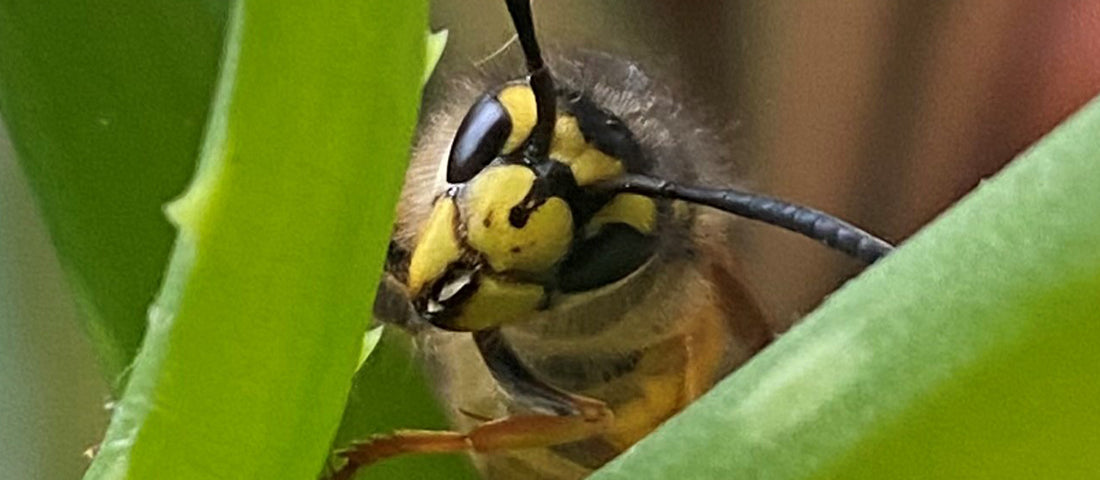
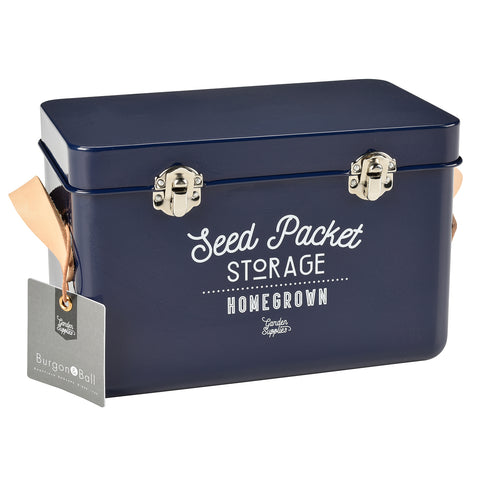
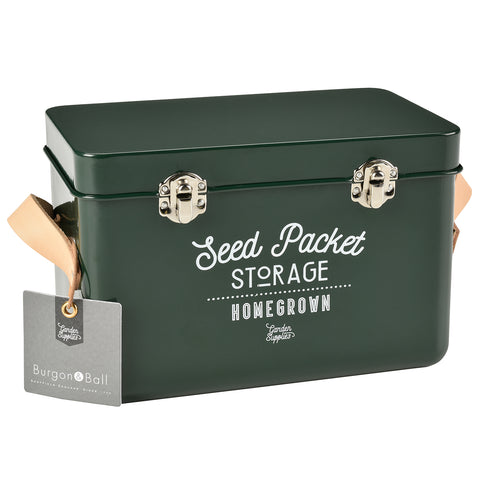
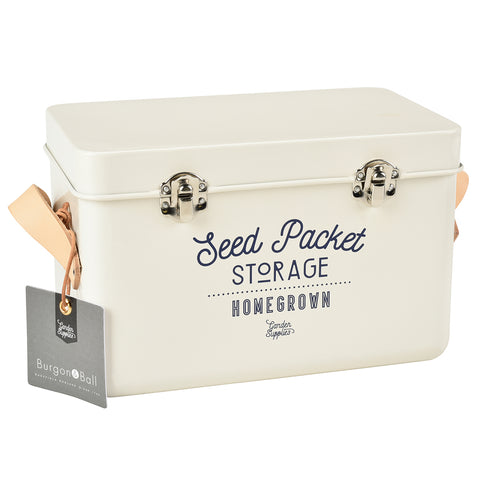
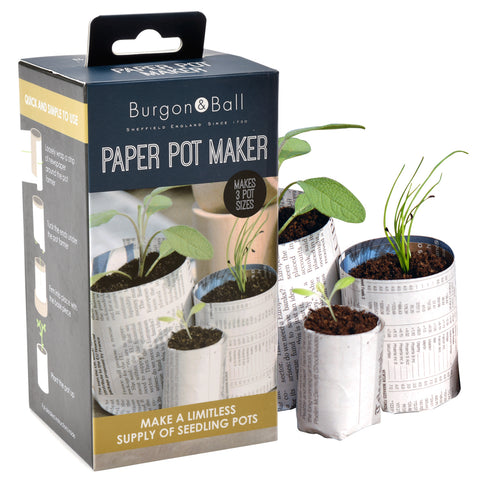
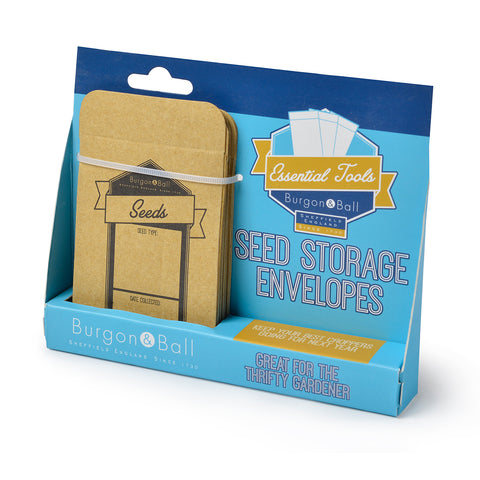
This blog is fabulous full of helpful information.I have a lot of plants to attract the pollinators from borage, buddleia, lavender,fushia, hydrangeas,laverteria, alliums,sweet Williams,poppies red,yellow and large ornamentals,clover, Valeria just to mention a few.I love the sound of bees buzzing and watching all the butterflies on the buddleia.I also have an insect water station where the insects come to drink.
Wow this book sounds fascinating, I tend to live and let live in my garden but would welcome advice on which are the best plants to have
the bees were all over my verbascum and now on my coneflower, cimicifuga , anise hyssop, and allium, hummingbirds are enjoying the red bee balm
I couldn’t name every one of my plants as my garden is all planted with pollinators in mind but their favourites are Buddleia,Echinops,Roses,Lavender,Lonicera Pericyclamum,Inula,Rosemary,Thyme,Marjoram,Helianthus,Lunaria,Linaria,Hesperis Matronalis, Digitalis,Malus Tree,Viburnum Bodnantense
I have new plants in the garden this summer including delphinium, blackcurrant sage and clary sage. Love seeing how the bees love the sage.